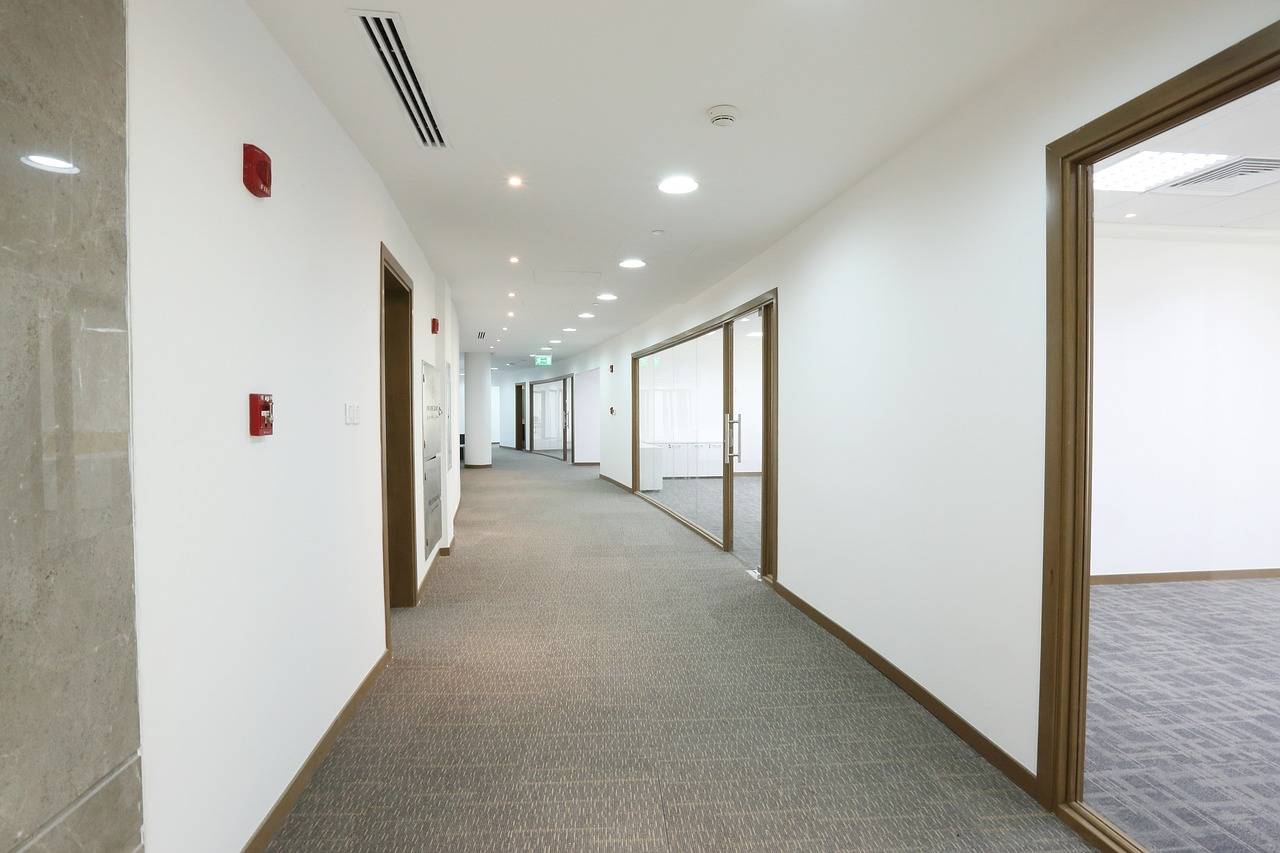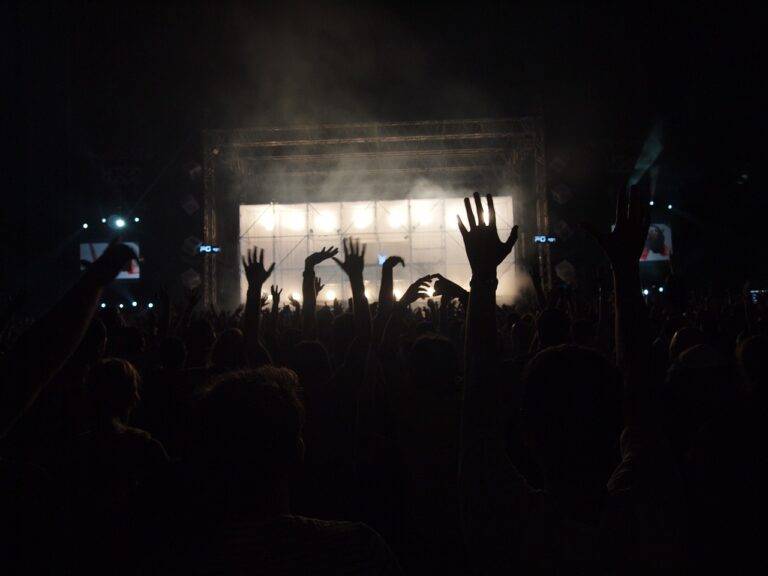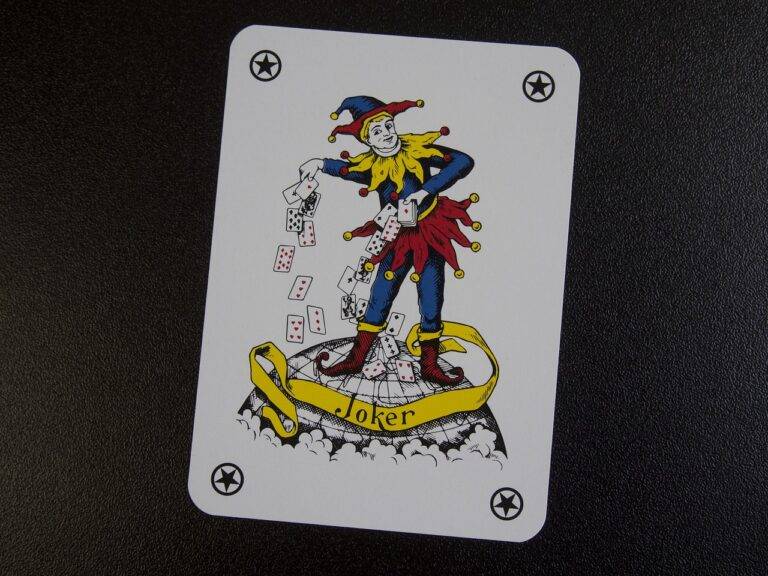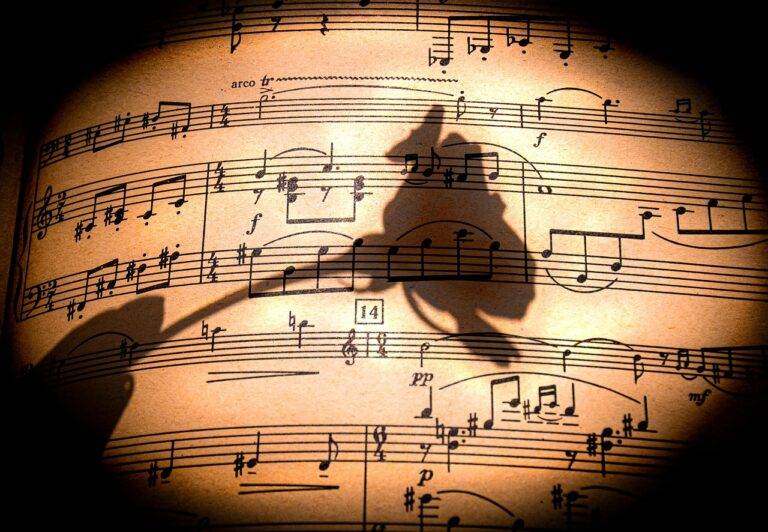Behind the Scenes of Motion Capture Technology: Bringing Fictional Characters to Life
Motion capture technology has significantly advanced over the years, revolutionizing the way movements are recorded and translated into digital form. Initially developed for military and sports analysis purposes, motion capture technology has since found wide application in various industries, including entertainment, biomechanics, and healthcare. The early systems were bulky and restrictive, requiring subjects to be tethered to cameras and sensors, limiting the range of motion that could be captured accurately.
As technology progressed, motion capture systems evolved to incorporate more sophisticated sensors, such as accelerometers and gyroscopes, allowing for greater precision and flexibility in capturing movements. The introduction of markerless motion capture further revolutionized the industry by eliminating the need for physical markers on the subject, enabling more natural and unobtrusive movement capture. These advancements have not only enhanced the quality of motion capture data but also expanded its applications to virtual reality, animation, and even medical rehabilitation.
The Process of Motion Capture
Motion capture is a sophisticated technology used to capture and record the movements of actors or objects to create realistic animations in various industries such as film, video games, and sports. The process involves tracking and analyzing the movements of the subject to generate digital data that can be applied to virtual characters or models.
In a typical motion capture session, markers are placed on specific points of the subject’s body or object to track their movements accurately. These markers reflect light emitted by cameras positioned around the capture area, allowing the system to calculate the 3D coordinates of each marker in real-time. Subsequently, the captured data is processed through specialized software to reconstruct the movements, which can then be applied to digital characters or objects in a virtual environment.
What is motion capture technology?
Motion capture technology is a process used to digitally record the movement of people or objects for use in animations, video games, and other forms of media.
How does motion capture technology work?
Motion capture technology works by using cameras and sensors to track the movement of a person or object in real-time. This data is then converted into a digital format that can be used to animate characters or objects.
What are some common applications of motion capture technology?
Some common applications of motion capture technology include creating realistic character animations in video games, capturing movements for virtual reality experiences, and creating special effects in movies.
What are the benefits of using motion capture technology?
The benefits of using motion capture technology include creating more realistic and natural movements in animations, saving time and resources compared to traditional animation techniques, and allowing for more precise control over character movements.
How has motion capture technology evolved over the years?
Motion capture technology has evolved from using cumbersome physical markers and cameras to using more advanced systems with wireless sensors and real-time tracking capabilities. This has made the process more efficient and accessible to a wider range of industries.





